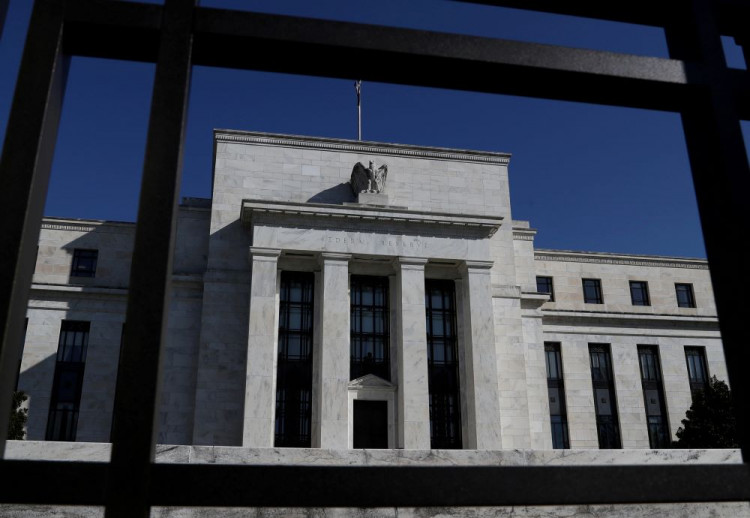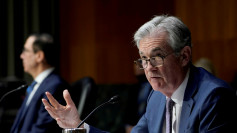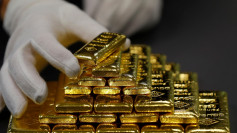The Federal Reserve is on the cusp of its first interest rate cut since the onset of the pandemic, with the move anticipated as early as September. This decision follows months of data showing cooling inflation and a weakening labor market, conditions that align with the Fed's dual mandate of controlling inflation and maintaining employment.
On Wednesday, the Federal Open Market Committee (FOMC) is expected to leave interest rates unchanged, giving the central bank additional time to ensure current economic trends hold steady before potentially cutting rates in September. The CME FedWatch Tool, which gauges market sentiment, places the likelihood of a September rate cut at over 85%, while the odds for a rate cut this week are a mere 5%.
Since July of last year, the Fed has maintained interest rates at a 23-year high. This period of high rates was aimed at curbing the rapid inflation that had surged to more than 9%. As inflation has cooled significantly, falling to a point above the Fed's 2% target, the central bank's focus is shifting toward the labor market, which has shown signs of slowing down. The unemployment rate has risen from 3.7% to 4.1% this year, indicating a softening job market.
Fed Chair Jerome Powell emphasized this shift in focus during a recent meeting of The Economic Club of Washington, D.C., noting that the dual mandate of controlling inflation and supporting employment is now more balanced. "For a long time, since inflation arrived, it's been right to mainly focus on inflation. But now that inflation has come down and the labor market has indeed cooled off, we're going to be looking at both mandates," Powell said.
Economic data released last week complicated the Fed's path to a rate cut. The U.S. economy grew faster than expected in the second quarter, raising concerns that cutting rates too soon could reignite inflation. Despite this, the odds of a September rate cut remain high.
The Bureau of Economic Analysis reported that the economy's growth accelerated in the three months ending in June, defying expectations of a slowdown. This robust economic performance poses a challenge for the Fed, which must balance the risk of stoking inflation against the need to support the slowing labor market.
Bill Dudley, a former New York Federal Reserve president, has advocated for a more rapid timeline for rate cuts. In a Bloomberg News op-ed, Dudley argued that a rate cut should occur before September to mitigate the risk of recession. "Although it might already be too late to fend off a recession by cutting rates, dawdling now unnecessarily increases the risk," Dudley wrote.
Similarly, Alan Blinder, a former Fed vice chair during the Clinton administration, recently called for immediate rate cuts in a Wall Street Journal op-ed. "Why wait?" Blinder asked, declaring that the fight against pandemic-induced inflation is over and that the economy is "simmering down."
The Fed's cautious approach is influenced by recent economic data, including a report from the Bureau of Labor Statistics showing a slowdown in hiring. The unemployment rate has reached its highest level since February 2018, though it remains historically low. Additionally, the percentage of long-term unemployed workers has surged, indicating a labor market that is losing momentum.
Despite these challenges, sectors sensitive to interest rates, such as housing and automotive markets, are hopeful that rate cuts will boost activity. Dave Foulkes, CEO of Brunswick Corp., a boat manufacturing company, noted that there is now a higher probability of interest rate relief beginning in September. This potential cut is seen as a tailwind for future business prospects.
The Fed's decision on interest rates will be closely watched by markets and economists alike. The outcome of the FOMC meeting will be announced at 2 p.m. on Wednesday, providing further insight into the central bank's strategy to navigate the complex economic landscape.






